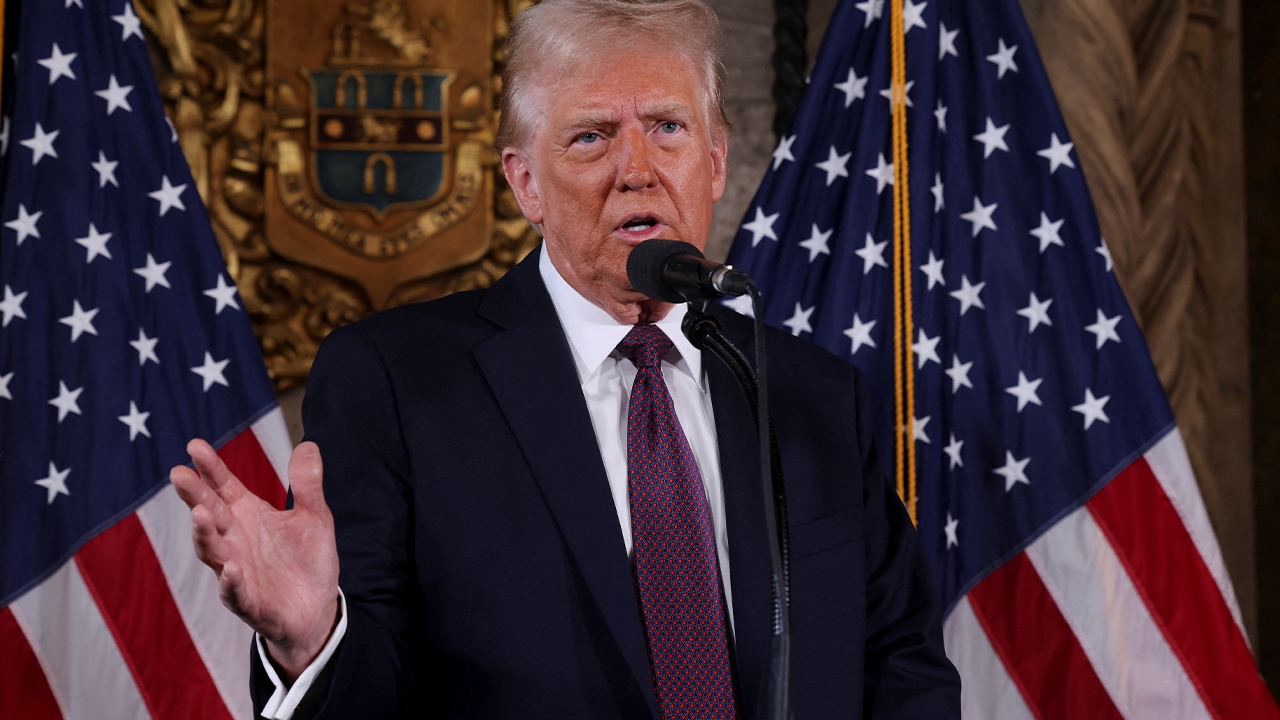Student loan forgiveness has a mixed track record. Last summer, the Supreme Court struck down a broad plan that would’ve erased up to $20,000 per borrower. Still, student loan forgiveness is more accessible now than ever before. A handful of existing federal student loan forgiveness programs have erased $143.6 billion in student debt for 3.96 million borrowers as of March 21, according to the Education Department, with more to come this year.
The White House is currently trying to push through a narrower forgiveness ‘Plan B’ version of its failed broad forgiveness plan. The proven paths to forgiveness, however, include programs that range from income-driven repayment (IDR) plans — which cap monthly bills at a percentage of your income and forgive your remaining balance after 10 to 25 years — to niche programs for borrowers with certain loan types, jobs or school circumstances.
Here’s how to get student loan forgiveness in 2024 — and what you need to know before pursuing this path.
Check your eligibility
You must have federal student loans to qualify for a forgiveness program. Private student loans aren’t eligible.
To verify you have federal loans, go to StudentAid.gov, and try to log in or recover your account.
Income-driven repayment
The SAVE plan forgives remaining student debt in as little as 10 years if you have an original balance of $12,000 or less, and in up to 20 or 25 years for other borrowers. While working toward forgiveness, your monthly bills could be $0 per month if you earn less than $32,800 as an individual or $67,500 as a family of four; otherwise, they’ll be capped at 5%-10% of your income.
Public Service Loan Forgiveness
If you work for a qualifying government or nonprofit employer, you could be eligible for Public Service Loan Forgiveness (PSLF). This program erases your remaining balance after a decade of repayment.
“Generally, the PSLF program is the best one if you have access to it,” says Scott Stark, a financial coach and certified financial planner at Financial Finesse, a workplace financial wellness company.
Other forgiveness programs
Outside of IDR and PSLF, your student loan forgiveness options may include:
-
Teacher Loan Forgiveness, if you work in a qualifying low-income school.
-
Borrower defense to repayment, if you think your school defrauded you.
-
Closed school discharge, if your school closed during or shortly after your time there.
-
Perkins loan cancellation, if you have Perkins loans and work in public service.
-
State-based student loan payment assistance, if you work in health care or are willing to relocate to a new area.
Do the math
Use the Education Department’s loan simulator to see how much debt you could get erased under various forgiveness programs and repayment plans, how much your monthly payments could be and how long you’ll be in repayment.
If an IDR plan will result in you paying more interest for a longer period or paying off your debt before getting forgiveness, then it may not be a good choice for you. (Public Service Loan Forgiveness also requires enrollment in an IDR plan.)
“It really is a case-by-case kind of thing, but generally speaking, for people whose income is relatively high compared to their student debt loads, the income-driven repayment plans can be pretty unattractive,” says Tisa Silver Canady, founder of the Maryland Center for Collegiate Financial Wellness. “It might behoove them to just stay on a balance-driven plan and pay extra when they feel it makes sense.” Making extra payments toward the principal while on a balance-driven plan — like the standard 10-year plan, which splits your loan into 120 payments — allows you to shrink your debt faster and reduce total interest costs.
On the other hand, if the math for IDR works out such that borrowers can have smaller payments and keep more of their money to reach other financial goals, pursuing forgiveness is a good option, Stark says.
Prepare for a future tax bomb
IDR student loan forgiveness is exempt from federal taxes through 2025. After that, any amount forgiven could result in a student loan tax bomb. A small number of states tax IDR forgiveness, too.
It’s important to plan for a tax bomb if your forgiveness timeline will extend past 2025. Put a small amount of money aside each month to cover your future tax bill, Stark says.
Use the loan simulator to determine how much forgiveness you could ultimately receive: Your taxable income will increase by that amount in the year you get forgiveness. In some cases, the forgiveness could push you into a higher tax bracket, which could further increase your tax burden. If the amount you have to set aside each month to cover the tax bill is larger than the amount you’d save on the IDR plan, it might not be worth it.
Loan balances forgiven through PSLF, Teacher Loan Forgiveness, borrower defense to repayment, closed school discharge and Perkins loan cancellation are exempt from federal taxation.
Change your repayment plan
If you decide IDR forgiveness is the right choice, you must switch to an IDR plan like SAVE.
To sign up for an IDR plan, submit an online application at StudentAid.gov/IDR or call your student loan servicer.
You must also sign up for an IDR plan if you’re striving for PSLF. Choose the plan that gives you the smallest monthly bill to maximize the amount you could get forgiven after 10 years. It’s a good idea to submit your PSLF employer verification form each year to stay on track for forgiveness, Canady says. You can do this through the Education Department’s online PSLF Help Tool.





















Discussion about this post